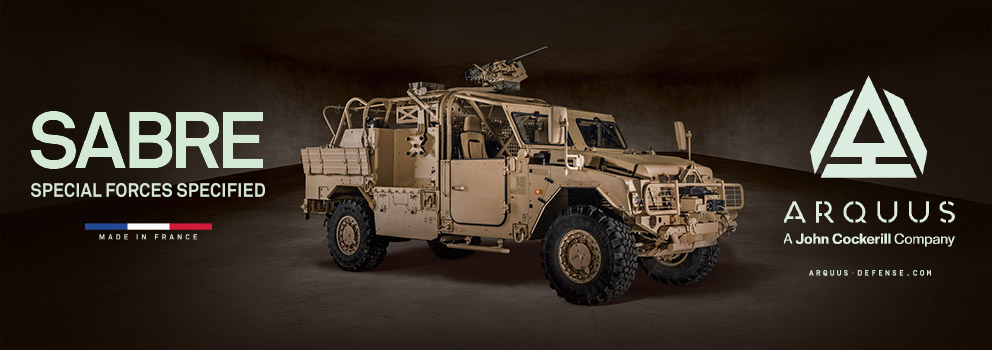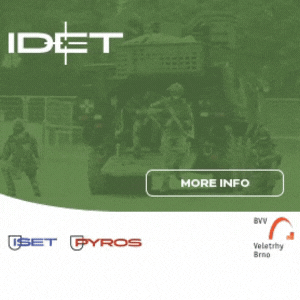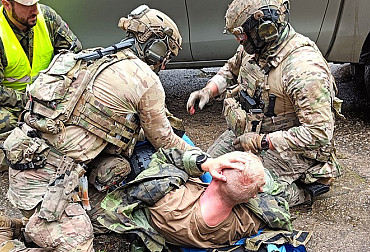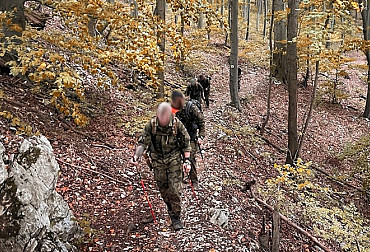The future of tanks in Europe and in the Czech Army
This year's prestigious Eurosatory 2024 arms exhibition featured, among other things, an impressive array of new tank types and versions. In Western countries, this field of technology has been rather out of the spotlight for many years and the future of tanks has often even been questioned. However, in the middle of the last decade a change came about, for example, with Russia's undeclared war against Ukraine in the Donbas and the introduction of the new Russian T-14 Armata tank. Thus, many NATO states began to reinforce their armoured forces, and this trend intensified in 2022 when Russia launched its invasion of Ukraine. The battles of this war once again demonstrated the importance of tanks on the modern battlefield, but also highlighted some of their weaknesses. This conflict has thus become an extremely valuable source of lessons for the further development of tanks, which is also reflected in the acquisition plans of the Czech Army.
Certainly among the most significant conclusions is the clear obsolescence of tanks of the Soviet design school, which are characterized by highly compact designs with two-seat turrets containing autoloader mechanisms of rotary design. Additional ammunition is placed, so to speak, wherever there is room, and therefore the crew works almost "loaded" with ammunition. In the event of armour penetration and subsequent secondary explosion, the death of the crew and total destruction of the vehicle almost always follows, with the explosion often tearing the entire turret off so that the tank cannot even be repaired. Western tanks, on the other hand, usually have much larger turrets and ammunition storage separated from the crew, which is also true for types with reloading machines (e.g. the French Leclerc or the South Korean K2 Black Panther). These tanks are also characterized by overall thicker armor, which does increase their weight, but the Western design school puts the protection of the crew's safety first, so that even after the armor is penetrated and the Western armor is subsequently destroyed or severely damaged, the crew has a much better chance of surviving, escaping and continuing the fight.
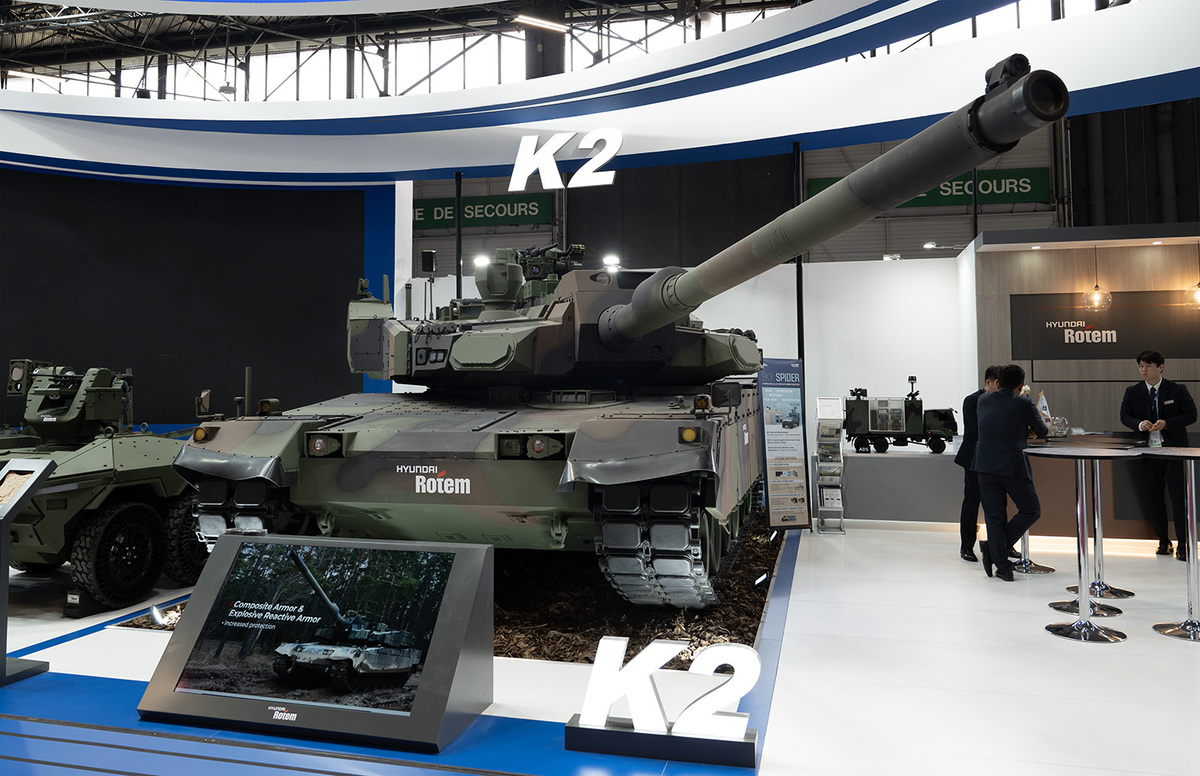
Although Western tanks delivered to Ukraine (such as the Leopard 2 or M1A1 Abrams) suffered inevitable losses, they earned the respect of their Ukrainian crews, especially for their durability. There are therefore a number of images of destroyed or damaged Western-made tanks with their hatches open, suggesting that at least some of the crew managed to escape from the vehicle. Cases of total destruction where the turret is detached do not occur with Western tanks. At the same time, however, tanks have proven to be quite vulnerable to attacks by small "suicide" drones, as a significant portion of the damage or destruction of Leopard 2 and Abrams tanks is attributed to these vehicles. Anti-tank guided missiles are also a persistent threat, which is why the Ukrainians routinely mount Kontakt series dynamic protection blocks on Western tanks. Similar experience is also being gathered by the Israelis in the conflict against Hamas, which also offers extremely valuable lessons for the further evolution of tanks.
Of course, the findings of the war in Ukraine are also being carefully studied by the Czech Army. Although in previous years there were still debates about the possibility of further modernisation of the T-72M4 CZ armoured vehicles, the experience from Ukraine meant the definitive end of this idea, as the obsolescence of the Soviet tank concept was clearly demonstrated. The Czech Army subsequently decided to join the "family" of German Leopard 2 tank users, having received 14 units of the older Leopard 2A4 version from Germany and started planning the prospective introduction of the newer variant. This year, therefore, the final decision was made to bet on the latest Leopard 2A8 modification and to join the framework agreement between the Bundeswehr and the German armament company KMW, and so the Czech Army will prospectively purchase up to 77 Leopard 2A8 tanks and derived support vehicles, including bridge, engineer, recovery and training armoured vehicles. In addition, a decision has been made to accept a donation from the German government in the form of another 14 Leopard 2A4 tanks and the possibility of purchasing another 15 examples of this type of tank is being discussed.
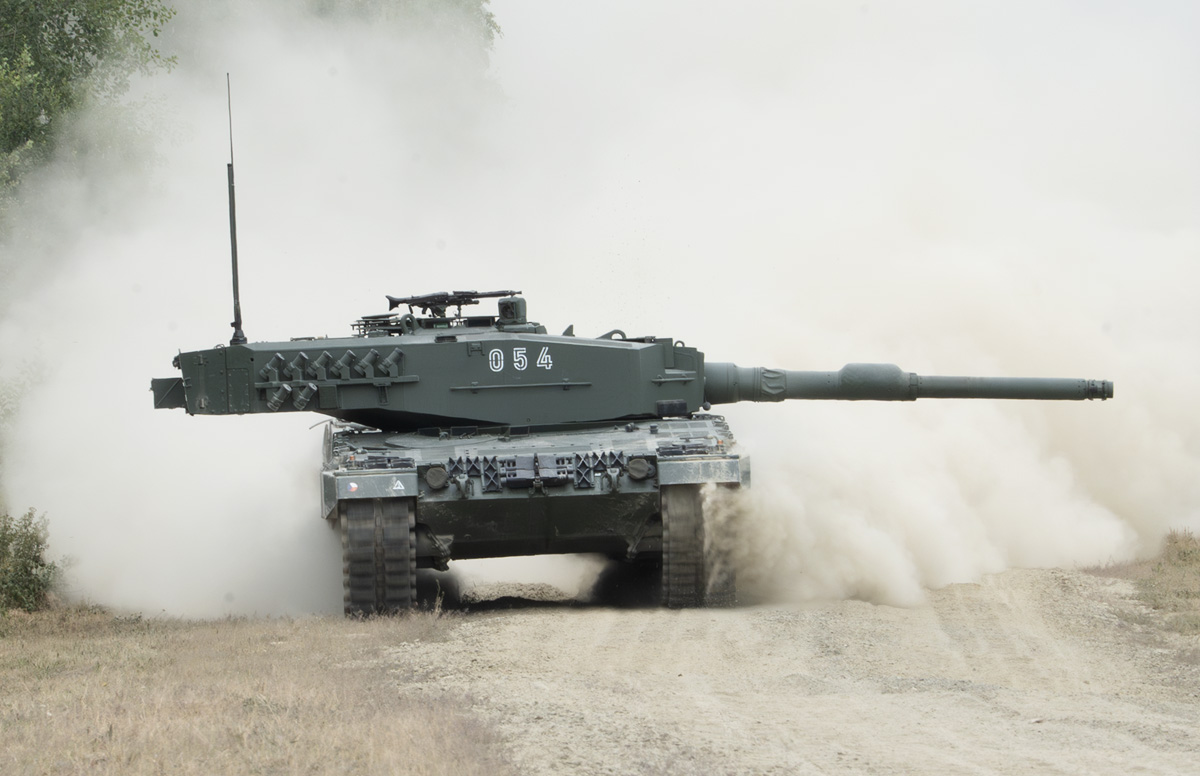
Serial production of Leopard 2A8 tanks is scheduled to start as early as 2026, and extensive involvement of the Czech defence industry is planned, not only in the assembly of vehicles for the Czech Army. KMW wants to permanently involve Czech industrial enterprises in its supply chains, and so they should participate in the long-term production of Leopard 2 series armoured vehicles for other foreign customers, whose number is likely to grow further. Although the first version of this type entered service in 1979, it continues to show remarkable efficiency and evolutionary potential. This is demonstrated by the 2A8 version, which now features, for example, the Rafael Trophy active protection complex, a remote-controlled weapon station with a machine gun, and a camera array to view the vehicle's surroundings. All this further enhances the protection and situational awareness of the crew. However, the Leopard 2A8 version is far from the pinnacle of the tank's development capabilities.
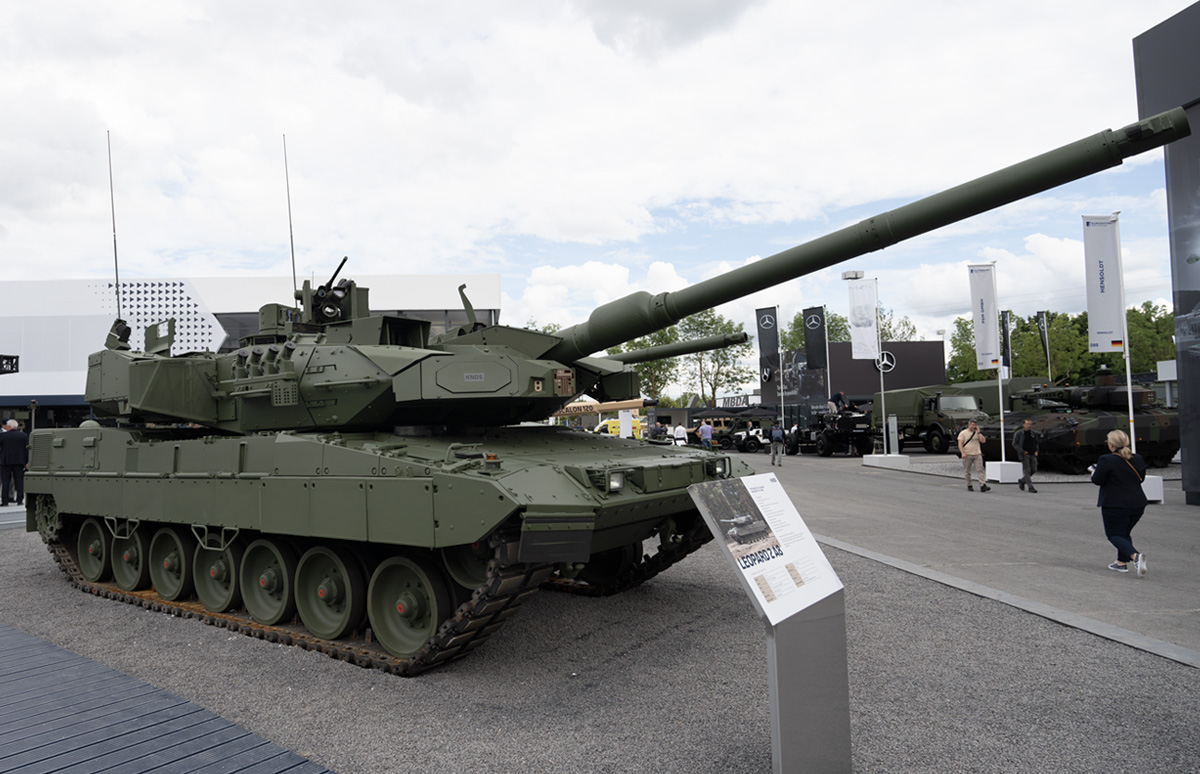
The exposition of the German-French brand KNDS (KMW+Nexter Defense Systems) at this year's Eurosatory trade fair offered, in addition to a demonstrator of the Leopard 2A8 vehicle, also a look at four other modernized tanks of European production. Two of them, namely the Leclerc XLR and Leclerc Evolution armoured vehicles, represent the development of the French tank, while the other two combine the Leopard 2 chassis and completely new developed unmanned turrets.


These are the Leopard 2 A-RC 3.0 and EMBT-ADT 140 armoured vehicles, the latter of which, as the name suggests, received a 140 mm calibre cannon. It is a new weapon of the Ascalon series (Autoloaded and Scalable Outperforming Gun), which also exists in a 120 mm calibre version, which was armed with the Leclerc Evolution tank. What is also extremely interesting is that the design of the Ascalon gun also allows a quick conversion between the two calibres. The turret of the current Leopard 2 A-RC 3.0 demonstrator is fitted with the standard 120mm Rheinmetall Rh 120 cannon, but according to the manufacturer, the Ascalon cannon can also be installed in both calibres, or the Rh 130 cannon in 130mm calibre.
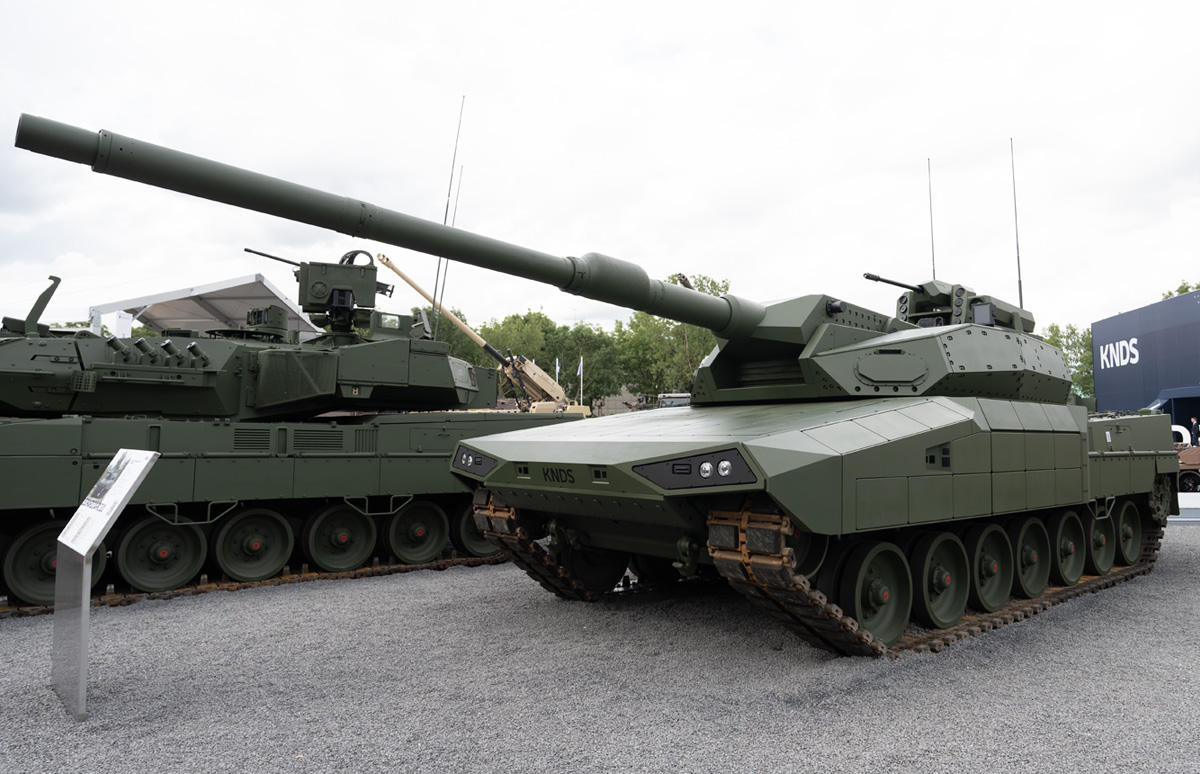
The Leopard 2 A-RC 3.0 and Leclerc Evolution tanks are presented primarily as potential upgrades to existing vehicles in service with the Bundeswehr, the French Army, or the armies of foreign users of the Leopard 2 and Leclerc tanks. At the same time, however, they already use the technologies envisaged for the prospective MGCS (Main Ground Combat System) armoured vehicles that are to replace the Leopard 2 and Leclerc types. The Leopard 2 A-RC 3.0 and Leclerc Evolution tanks are therefore also intended to act as technology demonstrators for this ambitious project, and the EMBT-ADT 140 vehicle is also intended to do the same. However, it is questionable when (or if) this replacement will actually take place, as the original date of 2035 was mentioned, but current forecasts are moving more towards the period after 2040. It is therefore clear that further evolutionary iterations of existing tanks will need to be introduced into service.

In any case, the KNDS tank innovations at Eurosatory 2024 clearly demonstrate the lessons learned from the war in Ukraine. The Leopard 2 A-RC 3.0, Leclerc Evolution and EMBT-ADT 140 tanks, for example, are characterised by their comprehensive protection solutions, which, in addition to standard passive armour and dynamic armour blocks, also include active protection systems in the "soft-kill" and "hard-kill" categories. In the first case, these are smoke grenade launchers linked to laser beam detectors, while in the second case, they are complexes that detect incoming missiles and destroy them thanks to radar. On the Leopard 2 A-RC 3.0 and Leclerc Evolution, it is the Rafael Trophy system, which is also fitted to the Leopard 2A8, while on the EMBT-ADT 140, the new French Prometeus complex is fitted. The new tanks also feature additional sensor and protection elements, including, among others, sonic fire detectors or small drone jammers.
Drone protection is one of the most important dimensions of tank modernisation. It is assumed that it will be taken over to some extent by hard-kill active protection systems or remote-controlled weapon stations with machine guns, and therefore at least partial protection against drones is actually already available in the Leopard 2A8 tank. At the same time, however, there is a view that tanks will need to be armed with more effective tools specifically for this purpose to ensure effective destruction of drones at greater ranges than machine guns. Thus, the Leopard 2 A-RC 3.0, Leclerc Evolution and EMBT-ADT 140 vehicles carry the new Nexter ARX 30 remote-controlled weapon station, which carries a 30 mm calibre automatic cannon that can also fire three-shot ammunition with a programmed (timed) fuze. It is this combination of cannon and ammunition that is considered extremely effective in drone warfare today.
The news from KNDS at Eurosatory 2024 can therefore be seen as further convincing proof of the evolutionary potential of the Leopard 2 platform. The Leopard 2A8 version differs relatively little from the versions in service, while the Leopard 2 A-RC 3.0 and EMBT-ADT 140 represent a far greater intervention in the basic design, as they feature unmanned turrets and automatic charging systems, and therefore no longer include a charger in the crew and all three men have their seats in the hull. Despite this, KNDS explicitly declares that existing Leopard 2 armoured vehicles can be upgraded to the A-RC 3.0 standard or fitted with this new unmanned turret. For completeness, it can be added that Rheinmetall also offers its own upgrades to Leopard 2 tanks, which this year introduced, among other things, the Panther Evo Upgrade programme, which is essentially a new turret mounted on the Leopard 2 chassis. At the moment, it contains a standard 120mm cannon, but this could be replaced by the Rh 130mm gun in the future.
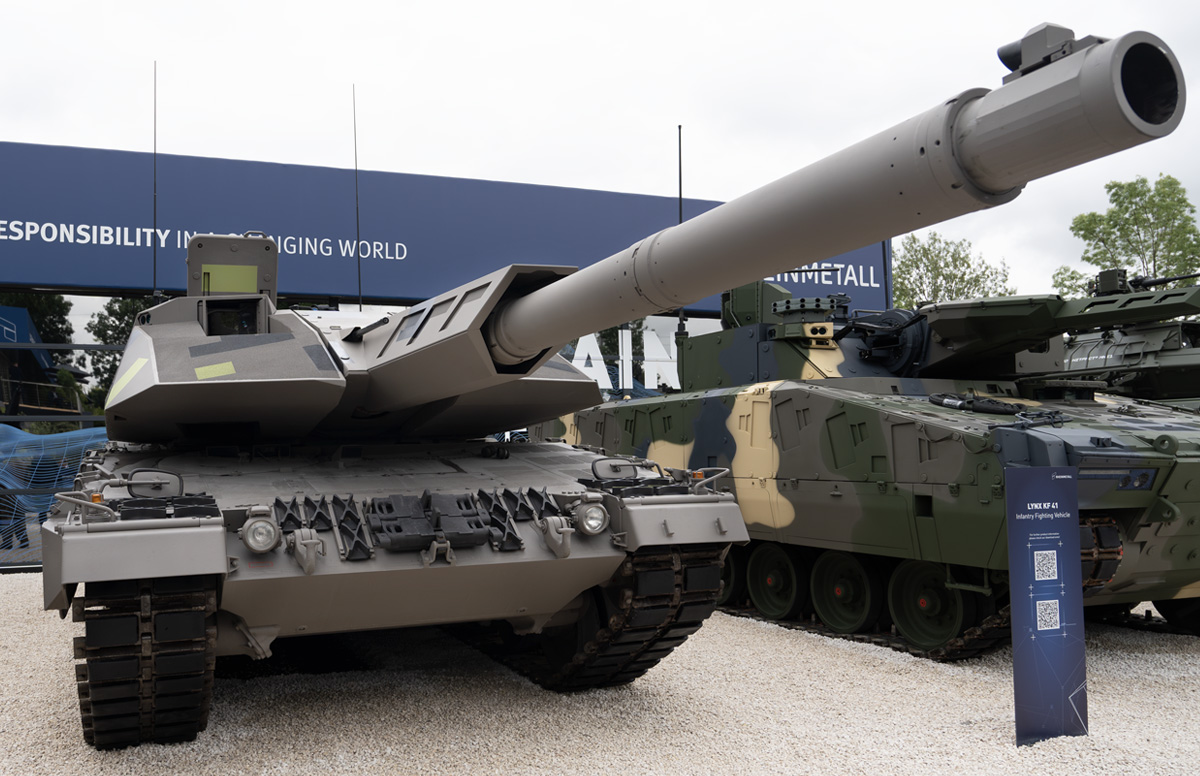
Although the Czech Army's decision to rely on Leopard 2 tanks sometimes faces criticism that it is an outdated platform, the reality is quite different. The very fact that the basic version of this type entered service 45 years ago does not contradict the conclusion that it is an extremely high-quality design with enormous development potential. Indeed, the delay in the MGCS project suggests that further upgraded versions of the Leopard 2 type (or new tanks derived from this platform) will probably remain in service with many European armies for a very long time. The Czech Army has ordered Leopard 2A8 vehicles, but there is nothing preventing the consideration of further strengthening of Czech armoured units. One can therefore consider, for example, the prospective scenario of installing new unmanned turrets, possibly with larger calibre guns, i.e., 130 or 140 mm. In any case, however, it can certainly be stated that the choice of Leopard 2 tanks represents the right step for the Czech Army, because Czech tankers are gaining access to a platform that offers both extensive operational and combat experience, as well as modernization potential for the next decades of service.
